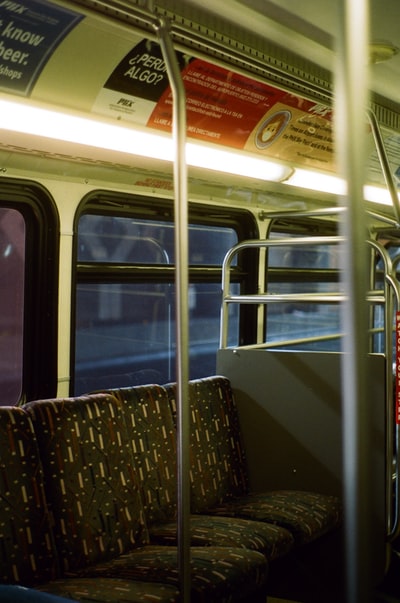
The distance it takes for a vehicle to stop depends on two factors:
- – thinking distance
- – braking distance
These factors also depend on a third factor: the speed of the car.
——————————————————
Forces on a vehicle
When a vehicle is travelling at a steady speed the resultant force is zero. The driving force from the engine is balanced by a number of resistive forces including air resistance.
- G
ravity pulls the vehicle downwards.
- The reaction force coming from the road pushes upwards against the wheels.
- The driving force coming from the engines propels the vehicle along the road.
- Air resistance pushes from the front, opposite the direction which it’s travelling.
- Friction, between the tyres and the road.
The sum of all those forces is the resultant force. Don’t forget to notice in what direction the forces are acting.
——————————————————
Force and terminal velocity
When an object falls the speed at which it travels downwards is affected by two main forces:
- – Weight: this is the force that acts downwards. It’s due to the Earth’s gravitational field.
- – Air resistance: this is a frictional force and acts in the opposite direction to the falling object.
Falling can be split up into three stages:
– First of all the object is accelerated downwards due to its weight. As there’s no air resistance the resultant force is down.
- – As the object starts to gain speed the air resistance increases. However, it’s weight doesn’t change. The resultant force remains down.
- – A point is then reached in which the weight of the object becomes balanced out by the air resistance. There’s no longer a resultant force and the object now travels at a steady speed. This is known as terminal velocity.
 ravity pulls the vehicle downwards.
ravity pulls the vehicle downwards. – First of all the object is accelerated downwards due to its weight. As there’s no air resistance the resultant force is down.
– First of all the object is accelerated downwards due to its weight. As there’s no air resistance the resultant force is down.